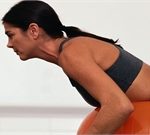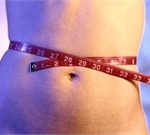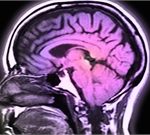
If you need yet another health reason to get enough sleep, here’s one that may wake you up: Science shows that a loss of sleep can make you eat more. And that doesn’t mean healthful salads and green veggies. Studies have shown that total sleep deprivation can trigger a reward system in the brain in response to food stimuli. But until recently researchers didn’t know if there was a similar relationship between everyday sleep loss and the brain’s reaction to food. Researchers looked at volunteers who entered a nine-day study period with a built-up sleep debt. Under ideal sleep conditions, scientists were able to show two things: That even small amounts of sleep loss can put the “brain at risk for hyperactivation to food triggers in everyday life, which could be a risk factor for obesity and lifestyle diseases.” These include metabolic disorder, the first step toward diabetes. Yet on the flip side getting the right amount of sleep appears to reduce this hypersensitivity to food stimuli. The study was published in the journal Sleep. Another study, published in the Journal of Applied Psychology, added work stress to the mix. Researchers found that when people came home after a hard day at work, they were more likely to eat their feelings if they were also sleep-deprived. Simply put, if you don’t get enough sleep, unhealthy… read on >
















